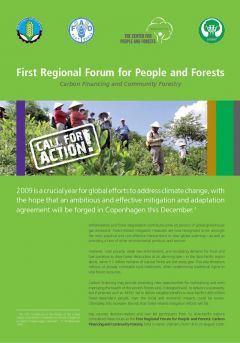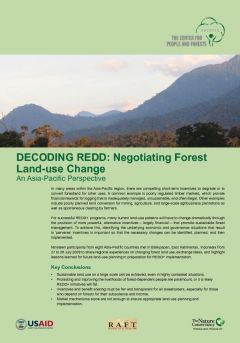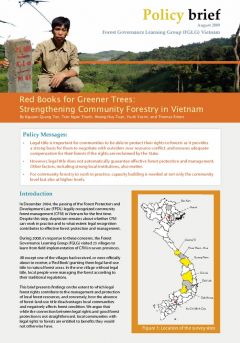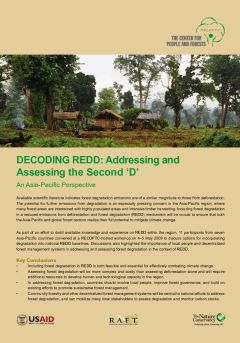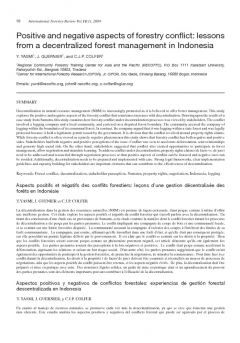Decoding REDD: Forest Restoration in REDD+
The Bali Action Plan identified two key areas for the forest sector to contribute significantly to global climate change mitigation. One area concerned approaches and incentives relating to reducing emissions from deforestation and forest degradation in developing countries (REDD). The second area focused on the role of conservation, sustainable management of forests and enhancement of forest carbon stocks in developing countries. REDD+ has become synonymous for a combination of these two areas.



